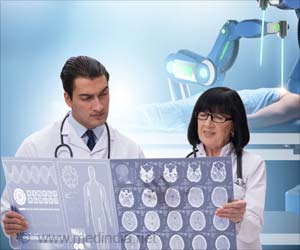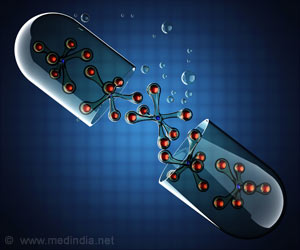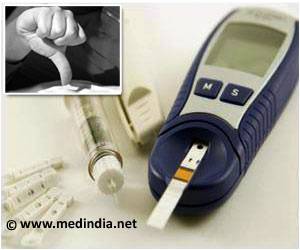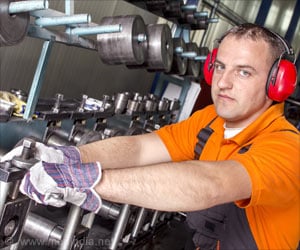Would you trust a robot more than doctors to diagnose your cancer? A new study shows that tech-savvy people trust robots more than doctors in diagnosing a disease.

‘Tech-savvy people trust robots more than doctors in diagnosing a disease. The higher people's beliefs were in the machine heuristic, the more positive their attitude was towards the agent and their intention to use the service in the future was also much higher.’





According to Sundar, the healthcare industry can benefit from increased reliance on automated systems. "Doctors are limited by their human bandwidth, by their experience, knowledge and even state of mind from minute to minute," he said. "In contrast, machines can be programmed to 'think' of all the possible conditions that a patient's symptoms could point to, and they never get tired. Some level of automation is clearly needed."The research team at Penn State recruited participants from the online workforce, Amazon Mechanical Turk, to gain a better understanding of user psychology behind the acceptance of automation in clinics. The results will be presented at the ACM Conference on Human Factors in Computing Systems in Glasgow, Scotland.
First, the team gauged the participants' preconceived beliefs about and attitudes toward machines -- what is called a "machine heuristic." "A machine heuristic involves stereotypes people have about machines, including their beliefs in machines' infallibility, objectivity and efficiency," said Sundar.
The team measured participants' adherence to the machine heuristic by asking them to indicate their level of agreement with statements such as, "When machines, rather than humans, complete a task, the results are more accurate." The researchers also asked participants a variety of questions to rate their "power usage," or level of expertise and comfort in using machines.
Next, they exposed participants to various combinations of healthcare provider, such as receptionist, nurse and doctor; and agent type, such as human, avatar and machine. They initiated online chat interactions with the various types of avatars to test the participants' acceptance of those healthcare providers and their intentions to use those providers in the future.
Advertisement
The team also noticed a double dose effect of machine heuristic and power usage. "We found that if you're high on machine heuristic and you're high on power usage, you have the most positive attitude toward automated healthcare providers," said Sundar. "This combination seems to make people more accepting of these technologies."
Advertisement
"Our results suggest that the key to implementing automation in healthcare facilities may be to design the interface so that it appeals to expert users who have a high belief in machine abilities," said Sundar. "Designers can direct resources toward improving features such as chat functionality instead of anthropomorphizing healthcare robots. In addition, increasing the number of power users and the general belief that machines are trustworthy may increase the adoption of automated services."
Source-Eurekalert











